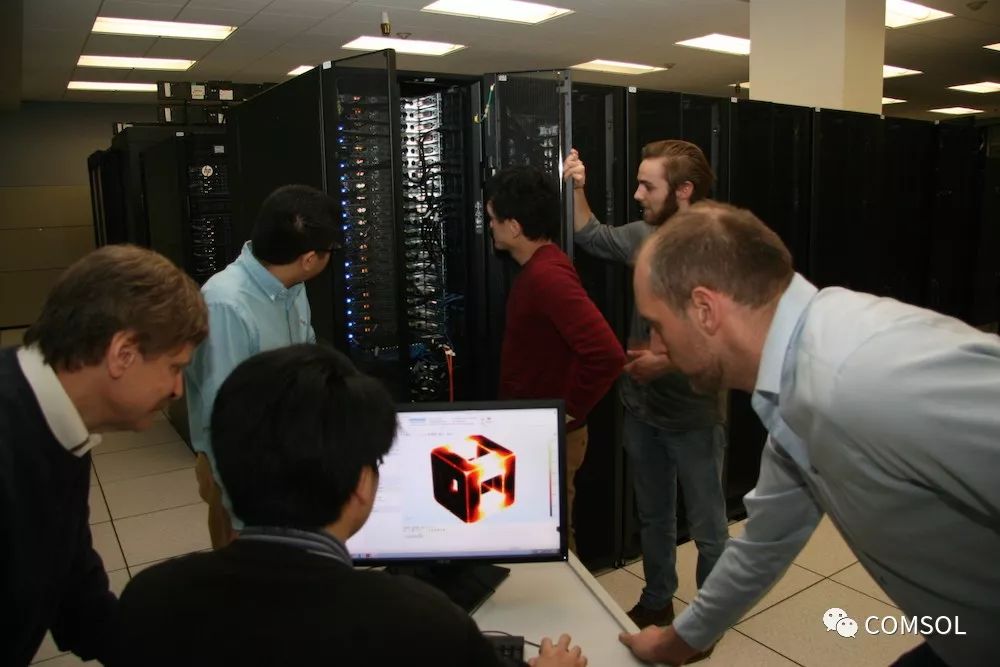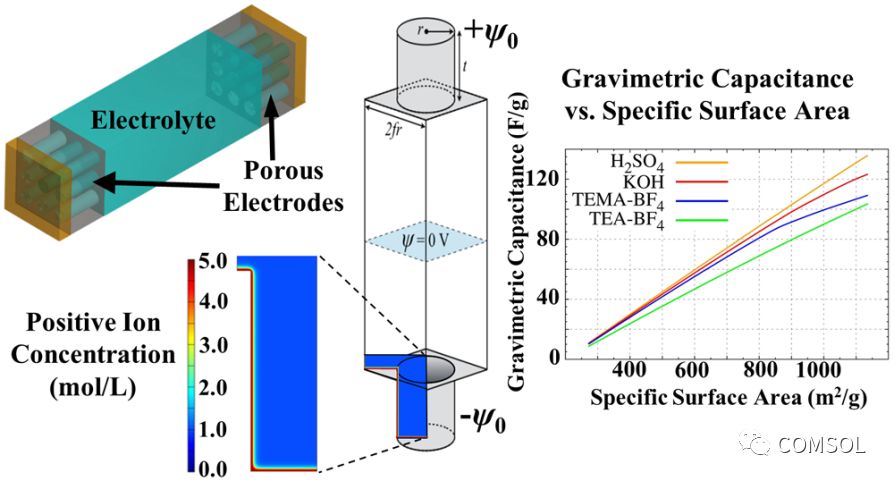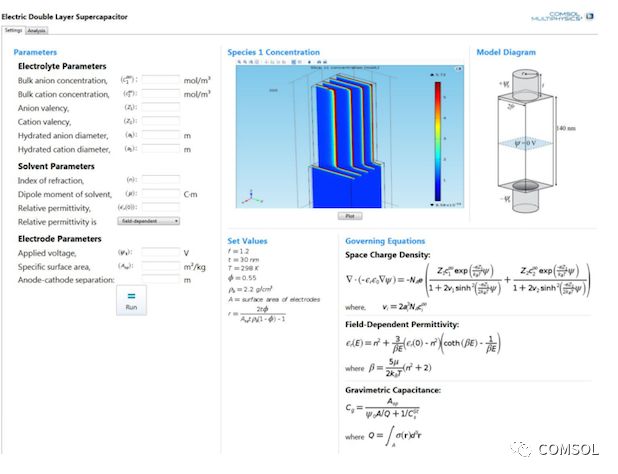Advances in technology require related equipment to have better performance. Of course, this means that the design itself has become more complicated. Simulation provides an effective way for the analysis and optimization of such devices and further promotes industrial innovation. Today, let's take a look at how the research team from the University of Buffalo designed a multiphysics model and a simulation app to promote professional simulation techniques to a broader industrial field.
Using Simulation to Promote Industrial InnovationIn any industry, the pursuit of innovation is an eternal theme. Taking consumer electronics as an example, the current design focus has shifted to the system's miniaturization and lightweight. In the automotive industry, fuel efficiency is a priority in vehicle design. In all cases, it is not only necessary to ensure technical reliability, but also to quickly bring it to market to meet the needs of consumers.

Innovative technologies span many areas from consumer electronics to the automotive industry. Left: Touch screen laptop. Image taken from Intel Free Press. CCBY-SA 2.0 licensed, shared via Wikimedia Commons. Right: Electric car. Image was taken by Mariordo. CCBY-SA 2.0 licensed, shared via Wikimedia Commons.
With simulation, each step of the design flow can be freed from the need for physical prototypes, and a balance between quality and efficiency can be achieved. Simulation professionals can perform a series of tests in a modeling environment to get the optimal configuration design. Although some companies may have realized the advantages of this method, in their entire design process, it is impossible to achieve the full follow-up cooperation of simulation professionals to complete the construction and updating of the model.
Based on his experience in multiphysics modeling during research and teaching, Professor Ed Furlani from the School of Engineering and Applied Science at the State University of New York at Buffalo found a way to help these organizations continue to innovate and grow. An interdisciplinary team of graduate students at Buffalo University established multiphysics computational models and simulation apps for many companies, providing solutions to these problems.

Professor Furlani at the University of Buffalo and his graduate student model and app develop at a high performance computing center to advance industrial innovation.
Extend modeling technology to all walks of life with models and simulation appsThe model created by the student team at Buffalo University has helped product and process innovation in multiple industries. For example, in the field of membrane technology, highly-selective composite films are considered to be viable technologies for the future expansion of thin-film systems. To optimize its energy-efficient design, the team created a model to analyze the effect of layer thickness, porosity, and selectivity on film performance.
At the same time, in the field of energy storage technology, electric double-layer capacitors (EDLCs) stand out from many conventional capacitors due to their high capacitance. Models are developed to predict the capacitance, balanced charge accumulation, and ion transmission of such devices. Through simulation, the team has a deeper understanding of EDLC performance and can optimize it in the next steps.

EDLC geometry, simulation models, and capacitance prediction maps.
Although these original models have helped to extend simulation technology to different industries, Furlani and his team are still working hard. In order to meet the individual needs of different companies and benefit more people in the design process, they began to encapsulate these models and establish a simplified interface to customize the interface layout according to the needs of users. “With the simulation app, you can easily customize the user interface and add parameters of interest to users from different companies. This is a very useful feature.†Furlani published in COMSOL News 2016 Say this.
 Simulation App developed for analyzing EDLC.
Simulation App developed for analyzing EDLC.
In order to further promote the development and innovation of the team, as an addition to the App, the team installed the COMSOL SeverTM on the computing cluster of the School Supercomputer Center. This high-performance computing environment provides App users with a simplified way to access the App, while also making it easier for the Buffalo University's research team to manage and deploy the App.
How students benefit from designing and managing simulation appsGraduate students at Buffalo University have gained a lot of experience in designing simulation apps. These experiences will allow them to benefit from future research in other areas. Just for one thing, App helps them learn engineering concepts better. This is because the App is developed to hide the complexity of the underlying model. The Emulation App provides a useful introduction for students who are new to emulation or COMSOL software and helps to encourage students to explore other features and functions in more depth. , which in turn allows them to operate more handily in the modeling environment.
In addition to being a teaching tool, another purpose for students to participate in developing a simulation app is to help them improve their business skills. From design and modification to technical support for users, students learn to promptly address issues and requests that users put forward during the entire use phase to ensure that they have a good user experience, which is of great significance in promoting good partnerships.
Blank Patch Panel,1U 12 24 Port Blank Patch Panel,Keystone Patch Panel Blank
Chinasky Electronics Co., Ltd. , https://www.cctv-products.com